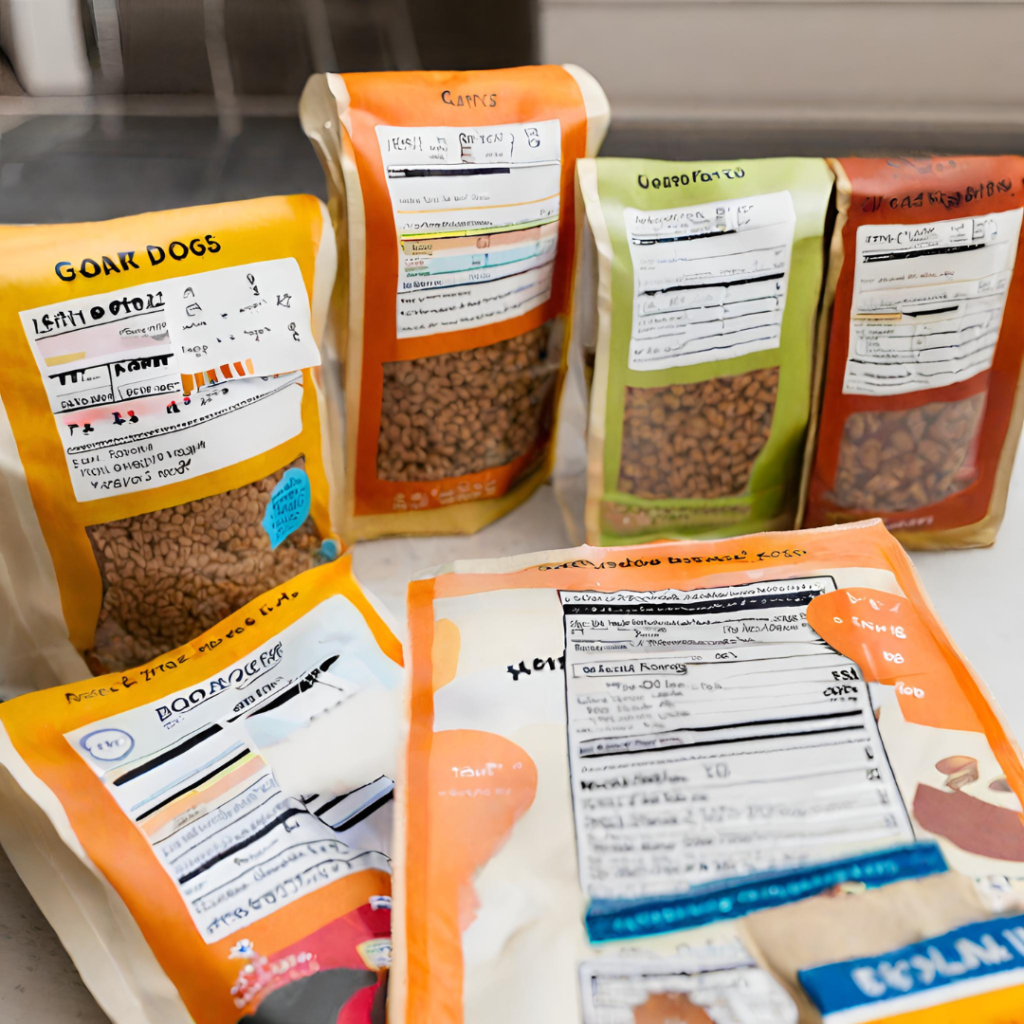
Greetings, fellow pet enthusiasts! Today, we’re delving into a topic that can tug at a pet parent’s heartstrings—navigating allergies and tummy troubles in our beloved furry friends. From sniffles to upset stomachs, understanding and addressing dietary sensitivities is key to keeping our pets happy and healthy.

Signs of Dietary Sensitivities
Just like us, pets can develop allergies or sensitivities to certain foods. Watch out for signs such as itching, excessive licking, gastrointestinal upset, or changes in behavior. If you notice any of these symptoms, it’s time to play detective and uncover the potential culprits in their diet.

Identifying Problematic Ingredients
Pinpointing the exact ingredients causing sensitivities may require a bit of sleuthing. Consider conducting an elimination diet, gradually removing certain ingredients to observe any changes in your pet’s well-being. Consult with your veterinarian for guidance on this process and potential allergy testing if needed.

Transitioning to a Sensitive Stomach-Friendly Diet
Once you’ve identified the troublesome ingredients, it’s time to transition your pet to a diet that suits their digestive system. Opt for hypoallergenic or limited-ingredient diets designed to minimize the risk of triggering allergic reactions. These diets often feature novel protein sources and easily digestible carbohydrates.

Homemade Treats and Special Diets
For pets with specific dietary sensitivities, homemade treats can be a game-changer. Experiment with recipes using ingredients your pet tolerates well. Consider treats made from ingredients like sweet potatoes, lean meats, or rice. Homemade treats allow you to control the quality of ingredients and cater to your pet’s unique needs.

Consulting with Your Veterinarian
A vital step in addressing allergies and tummy troubles is consulting with your veterinarian. They can provide valuable insights into your pet’s specific sensitivities, recommend suitable diets, and guide you through the process of transitioning to new foods. Regular communication with your vet ensures ongoing support for your pet’s dietary needs.

Food Allergies vs. Intolerances
Understanding the difference between food allergies and intolerances is crucial. Allergies involve the immune system’s response to specific proteins, while intolerances may result in digestive upset without an immune response. Your vet can help determine whether your pet is dealing with allergies, intolerances, or a combination of both.

Reading Labels with Care
Become a label detective when selecting pet food and treats. Carefully read ingredient lists to identify potential allergens. Look for products labeled as hypoallergenic or designed for pets with sensitive stomachs. Choosing high-quality, well-balanced diets is essential for managing dietary sensitivities.

Patience and Monitoring
Addressing dietary sensitivities is a process that requires patience. Monitor your pet’s response to new foods, treats, or diets, and be prepared for gradual changes. Regularly check in with your veterinarian to discuss any concerns and make adjustments as needed.
In conclusion, navigating allergies and tummy troubles in our pets is a journey of patience, observation, and informed decision-making. By staying vigilant, consulting with your veterinarian, and making thoughtful choices in their diet, you’re paving the way for a healthier, happier life for your furry friend. Here’s to addressing dietary sensitivities with care and creating a menu that keeps tails wagging with joy! 🐾💕
